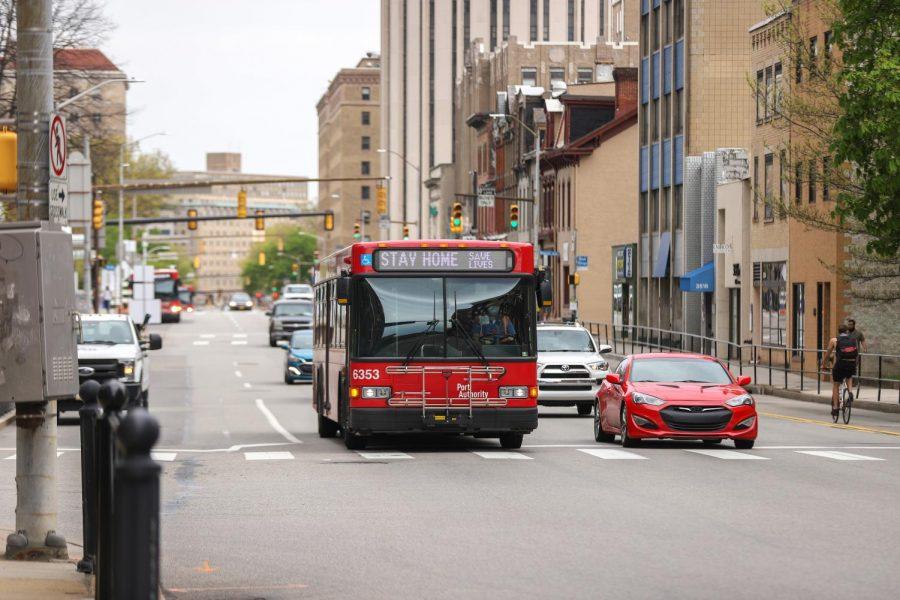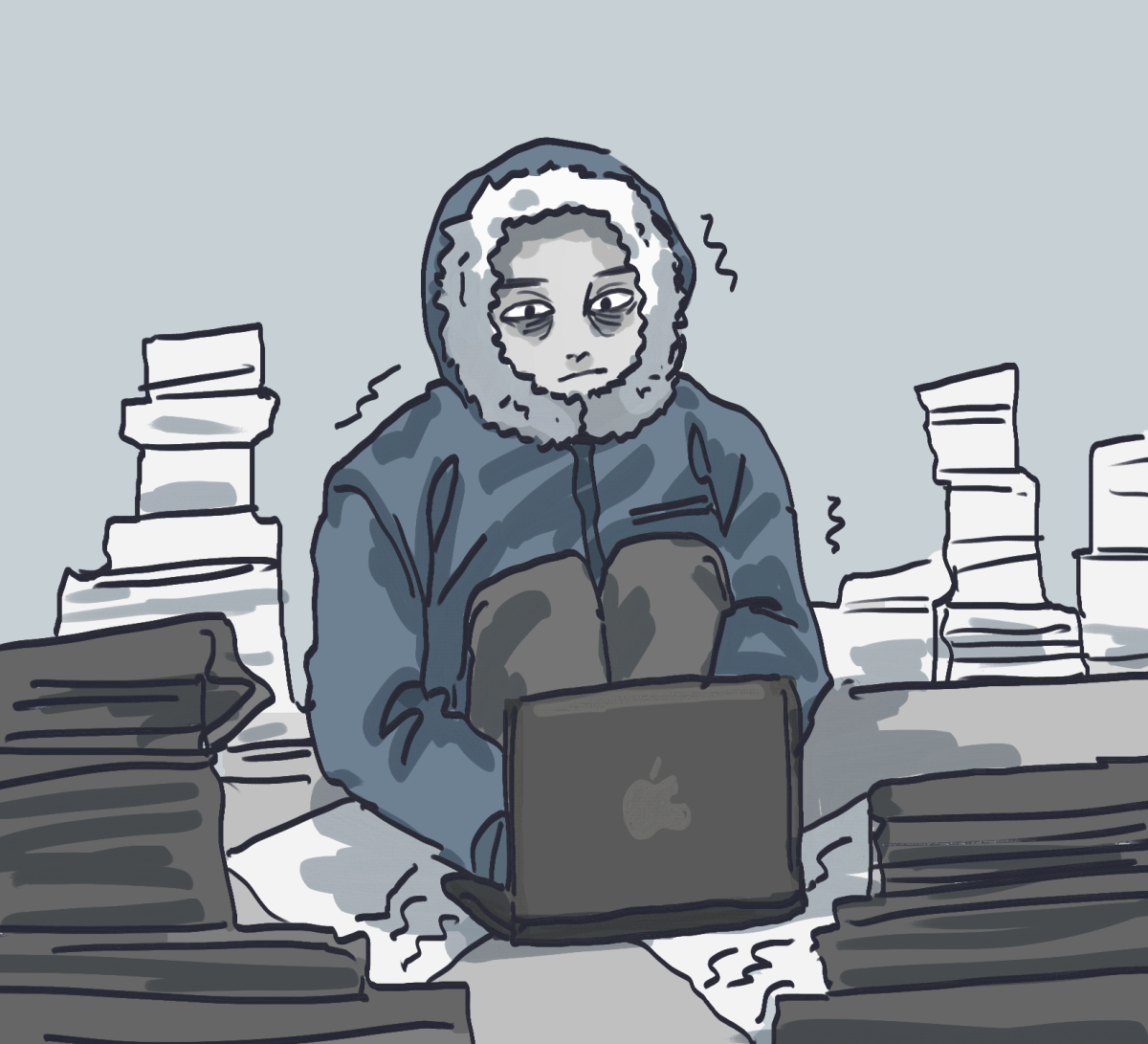Editorial | Pitt’s mandated ‘shelter-in-place’ is inadequate, dangerous
Kaycee Orwig | Senior Staff Photographer
Although it was originally scheduled to commence this Thursday, Pitt instead decided to start its mandated “shelter-in-place” and move back into the Elevated risk posture Sunday night.
November 10, 2020
Although it was originally scheduled to commence this Thursday, Pitt instead decided to start its mandated “shelter-in-place” Sunday night. The University is also moving back to Elevated Risk posture, citing the stark increase in campus COVID-19 cases following Halloween weekend.
Pitt reported at least 40 new cases since Friday alone, which makes campus an especially high-risk environment right now. This comes right before students return home for break — some to high-risk family members. Pitt implemented this shelter-in-place largely to protect the people students were returning home to, though it’s unclear how much the mandate will actually help. Unfortunately, Pitt’s shelter-in-place mandate doesn’t much emphasize sheltering, and even less staying in place.
Though students can no longer eat in dining halls or use communal dorm areas, students are still permitted to attend any of the few in-person classes left operating under the Elevated risk. Students are also allowed to study in the library and hang out with their “pods.” Like the mandate at the beginning of the semester, this one is not being tracked. This is all to say that, while the mandate might do a bit to protect students, it doesn’t do nearly enough. A proper shelter-in-place mandate would discourage students from socializing with friends who aren’t roommates. It would close all Pitt facilities — including the library — and it would certainly not involve in-person instruction.
It’s true that under almost any scenario, a single person’s COVID-19 safety decisions affect a larger community — whether that’s through work, or even grocery shopping. But on campus, it’s even more potent. Most students — on or off campus — have some sort of housemate. Many first-year students, and a fair share of sophomores, live in dorms and share a room with another student. Most first-year students also use communal bathrooms, shared by everyone on their floor.
This is all to say, it’s more than a matter of a student saying “I am going to keep myself safe for my family and not leave.” The level at which students follow the shelter-in-place mandate has a trickle-down effect. Students are affected by what their roommates and even floormates choose to do. This doesn’t just put individual students at risk, but their families, too. It’s true that college-aged students have judgement, and can make choices for their own safety, but it’s also confusing when leaders — in this case, Pitt administrators — are saying “shelter-in-place,” but are also saying, “you can still go to class and the library.”
Many of Pitt’s administrative actions this past semester have felt performative. For one — bringing students back to campus in the first place, even when it was deemed largely unsafe. The mandated-yet-unenforced shelter-in-place at the beginning of the semester, too, and “pod week.” There’s been a lot of doublespeak from the University around COVID-19 protocols and safety measures. This isn’t to say that Pitt doesn’t care about its students, but it often feels like other factors — such as money — might be at play.
We want to believe that Pitt is mandating this shelter-in-place because it has the best interests of its students — and the families many of them are returning home to over break — in mind. We want to believe that this isn’t an action to make the University look good, and something that is actually intended to help students return home safely. But it’s hard to see it that way when the mandate is half-baked. Or when it’s not, in any way, tracked. When students are still attending classes, when they can leave their dorm and go study in the library — even as campus COVID-19 cases soar.



